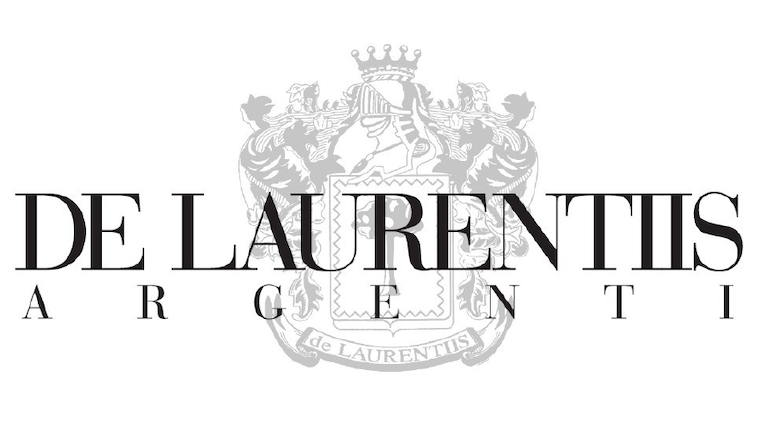HOW TO CLEAN THE SILVER
Silver is a metal precious, shiny, very ductile and slightly oxidizable . It is one of the so-called noble metals, together with gold and platinum, and is generally used in alloy with copper and gold. The title (800%, 925%, etc.) expresses how many parts of silver are out of every thousand.
Trays, cutlery, serving dishes, amphorae, flowerpots, ashtrays, sweets and ornaments embellish the canteen and give tone even to the simplest house. Furthermore, the more they are used, the more beautiful they become, assuming that sort of patina that embellishes them and that, in reality, is nothing more than a dense lattice of subtle scratches due to use and cleaning.
The characteristic of noble metals, and the silver is certainly among them, is that of not oxidizing easily, this does not mean that it is stainless and we know it very well especially when we have to polish it . Keep in mind that to preserve at its best and make your silverware more and more beautiful there is no better method than using it usually.
CLEANING
Wash the silverware immediately after use in hot water and soap or detergent, rinse it, always in hot water, and dry it immediately . This is the only way to save polishing too frequently. After cleaning, it is good to keep the silverware in a reserved space, possibly closed in a lined rack. Vases, ornaments and ornamental objects should be dusted every day and washed once a week.
POLISHING
If the silver is oxidized the best way to polish it is to use the appropriate preparations liquid, in paste, in powder or in special felts soaked in detergent substances, which are found on the market . These preparations are not only more comfortable to use, but also much more effective than the "grandmother's method" or better to say "electrolytic method", which consists in boiling the silver in a terracotta container containing a solution of cooking salt and baking soda (one teaspoon of each and every other of water).
To obtain the best polishing you must first wash the silver in hot soapy , then, after letting it drain and dry thoroughly, you can pass the product you have chosen using a soft cloth (better a sponge or suede) and rubbing not too vigorously and never sideways or rotationally. At this point, wash it second once in hot soapy, rinse it and finally dry it thoroughly. For polishing it it is also excellent the baking soda of sodium or the white of Spain added with a few drops of ammonia or alcohol, to be spread with a damp cloth.
To clean the silver chiseled or worked in cantilever there are special and particular brushes . The satin silver is conserved only temporarily because polishing after polishing loses inevitably the matting finish and to restore it does not there is no other solution than to rely on a silversmith .
STORAGE
Silver must be protected from the air by wrapping each piece in a soft cloth (cases for cutlery can be purchased beautiful and ready) or in sheets of black tissue paper, if possible treated with silver nitrate (you will find them from the silversmiths and goldsmiths). Never close the cases with a elastic , the rubber would corrode the silver despite the protective sheath and the signs would no longer disappear.
Other elements from which you must defend your silverware, avoiding leaving it in contact more than strictly necessary are: salt for cooking, eggs, olives, vinegar, fruit juices, perfumes and cologne. So are the brackish air of the marine locations, the gas, the sulfur, the substances that develop from the stems of the flowers when they begin to pass and from the spoiled fruit. This means that if you put the flowers in a silver vase it is a good rule to change the water often. Similarly, if your fruit bowl is made of silver, the ideal would be to put a plate of porcelain or glass on the bottom, if this is not possible it will be advisable to proceed with constant and frequent checks.
